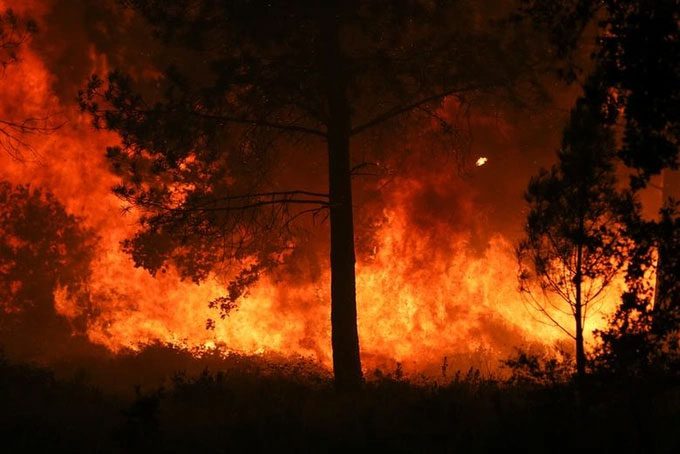The Earth may face mass extinction by 2100, wiping out more than a quarter of the world’s biodiversity.
This announcement comes from two scientists of the European Commission, including Professor Giovanni Strona and Corey Bradshaw from Flinders University (Australia).
According to the study, the causes of this crisis stem from overexploitation of resources, improper land use, environmental pollution, particularly global climate change.
Risk of the Sixth Mass Extinction
Scientists warn that our planet is at risk of entering a sixth mass extinction event.
Children born today who reach the age of 70 may witness the disappearance of thousands of plant and animal species, ranging from orchids and small insects to iconic animals such as elephants and koalas.
By the end of this century, the remaining tropical forests around the world will be fragmented and degraded. The Earth will have no intact land left, and well-dispersed plant species will be overtaken by inferior species, leading to a proliferation of small herbivores in disturbed areas.
As a result, the few remaining populations of plants and animals are unlikely to survive in the future.
Additionally, roads built through forests have isolated forest patches and fragmented the habitats of certain terrestrial species.
Simultaneously, these roads also bring poachers and wildlife trade markets closer together. From 2000 to 2011, approximately 62% of Africa’s wild elephants were killed for their ivory.

Climate change causes forest fires in many areas around the world, leading to biodiversity loss. (Illustrative image: Reuters).
Moreover, logging is also causing forest degradation and increased flammability, resulting in the death of tree species and driving away the animals that live within them.
On a positive note, climate change brings more carbon dioxide (CO2) into the atmosphere, enhancing plant growth and their resilience after droughts.
However, according to current scenarios, excessive greenhouse gas emissions (CO2) could warm tropical forests by about 4 degrees Celsius this century.
Higher temperatures, combined with extreme El Niño events, are causing droughts in many regions and rampant wildfires, increasingly destroying nature worldwide.
As the climate changes rapidly, plants and animals will need to move to find suitable habitats within their ecological tolerance.
Consequently, they will need to continue moving 300 meters each year throughout this century to survive.
Half of the Climate Zones on Earth Will Change
Global warming and changes in rainfall have led to fluctuations in climate zones, a result published in a study in April 2023.
The study questioned the state of climate zones in 2100, revealing a different future.
Specifically, based on the current state of the climate and the changes that have occurred in the world since the industrial period, scientists have indicated that the rate of change in climate zones may accelerate.
Specifically, tropical climate zones could decrease from 25% to 23% by 2100, while arid climates will increase from 31% to 34%.
The consequences could lead to about 89% of Europe experiencing a complete climate shift, and 66% of North America is also expected to enter a new environmental state.
Africa will suffer from extreme heat and drought.
If there are no decisive actions and cooperation among countries worldwide, the Earth’s climate will continue to deteriorate, and many areas may become uninhabitable – potentially causing large-scale population migrations.



















































